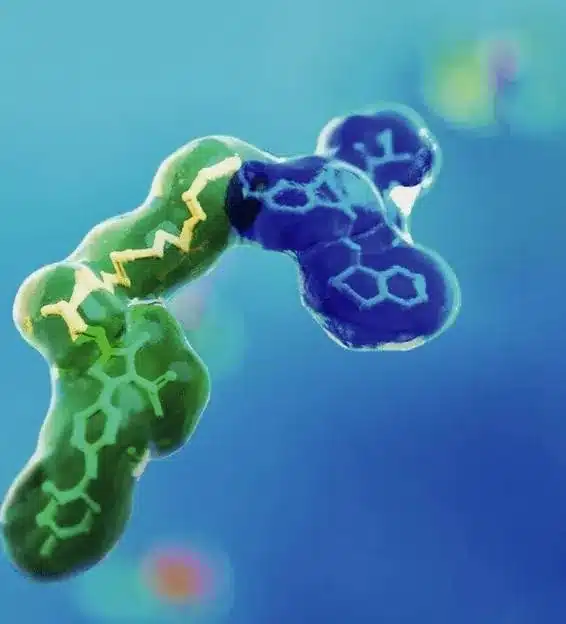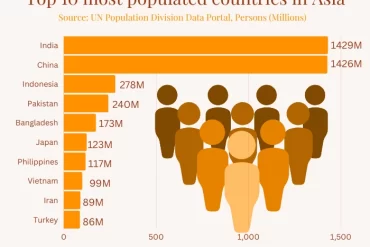In the ever-evolving landscape of drug discovery, scientists and researchers are continually seeking innovative approaches to design more effective therapeutics. One of the latest breakthroughs in this field is Proteolysis Targeting Chimeras or PROTACs. These molecules have sparked significant interest due to their unique mechanism of action and the promise they hold in addressing previously challenging diseases. In this article, we delve into the world of PROTACs and explore how drug discovery services, like those provided by WuXi AppTec, are revolutionizing the development of these game-changing compounds.
The Traditional Drug Development Conundrum
Before delving into PROTACs, it’s crucial to understand the challenges that traditional drug development faces. Many diseases, especially those related to protein dysregulation, have been notoriously difficult to target effectively with small molecules or biologics. Conventional therapies often struggle to achieve the desired outcomes because they primarily rely on inhibiting or activating proteins.
The Importance of PROTAC
1.PROTACs offer a novel approach to drug development. Rather than directly modulating a target protein’s activity, PROTACs work by facilitating the protein’s degradation. This concept is rooted in the body’s natural protein quality control mechanisms. Proteins that are damaged or no longer needed are tagged for degradation and subsequently destroyed by the cellular machinery. PROTACs hijack this process by binding to both the target protein and an E3 ubiquitin ligase enzyme, leading to the ubiquitination and degradation of the target protein.

2.The versatility of PROTACs is a significant advantage in drug development. They can target a wide range of proteins, including those considered “undruggable” by traditional methods. Additionally, PROTACs can have a prolonged therapeutic effect, as the degradation process continuously removes the target protein, unlike reversible inhibitors whose effects may diminish over time.
3.Developing effective PROTACs requires a deep understanding of the interactions between these chimeric molecules and their target proteins. WuXi AppTec’s Drug Metabolism and Pharmacokinetics (DMPK) services play a crucial role in this aspect. Protein hydrolysis, one of the techniques employed, allows researchers to study the stability and behavior of PROTACs when exposed to different physiological conditions.
4.The integration of DMPK services in PROTAC research significantly shortens the development cycle of these promising molecules. By analyzing the pharmacokinetic properties and metabolic fate of PROTACs, researchers can make informed decisions about lead compound selection and optimize their design for maximum efficacy.
Conclusion
Proteolysis Targeting Chimeras (PROTACs) represent a transformative shift in drug development, offering a new path to tackle diseases that were once deemed untreatable. With ongoing research and advancements in drug discovery services, the potential applications of PROTACs continue to expand. They hold the promise of providing innovative solutions for conditions where traditional therapies have fallen short. These molecules, by harnessing the body’s natural protein degradation processes, offer new hope for addressing complex diseases. WuXi AppTec’s DMPK services, including protein hydrolysis, play a pivotal role in advancing PROTAC research and bringing these innovative therapies closer to clinical reality. As science continues to unlock the potential of PROTACs, the future of drug development looks brighter than ever.







